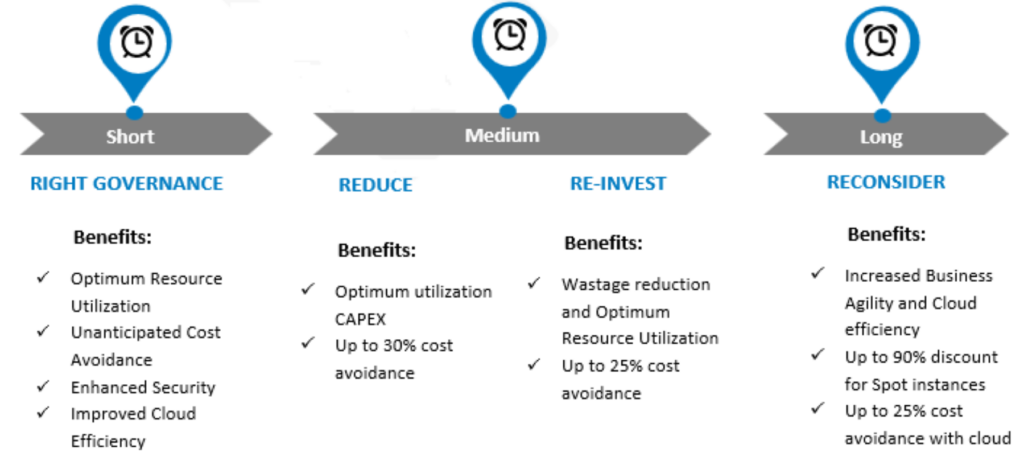Organizations adopt Cloud services primarily to enjoy the benefits of CAPEX and OPEX reduction, alleviate overheads of managing IT resources whilst ensuring unlimited scalability, elasticity, and flexibility to address evolving business demands. While Cloud transformation is a top focus for the CIOs, the increasing Cloud Bill is becoming a significant pain point for CIOs and Business Leaders to solve.
Forbes recently highlighted by quoting Tirias Research forecast that, with challenging business models and emerging services such as generative AI, the Cloud Operational cost is expected to exceed $76 billion by 2028.
This article provides an insight of cost challenges, the impact, various initiatives and the Infosys approach to tackle cloud cost challenges.
The Problem Worth a Million Dollars!
A lot of CIOs are concerned that the cost of the infrastructure underneath the application layer has gone up after they were migrated to Cloud, whereas one of the key objectives to adopt Cloud was to reduce the Cost of the IT Operations significantly. In the reality it is not happening, why?
Top 5 Triggers
The Wall Street Journal recently reported, nearly 67% of leaders at U.S. firms across industries surveyed says that they are yet to see a significant return on cloud investments. Based on feedback from various industry leaders, the Top 5 reasons of cloud cost increment observed are:

Figure 1: Top Triggers
Mitigation Approach
Cloud Cost Optimization is a Continuous Discipline, driven by the fundamentals of people, process, and Technology to derive maximum Business Value from the Cloud investment made by an organization.
We propose a Four-Phase framework to approach Cost Optimization and Cloud efficiency improvement.

Figure 2: Framework

Figure 3: Challenges & Solutions
Key Leavers and Benefits
We consider the following are few key levers of cost optimization that to can be executed in timebound fashion to gain maximum benefits from each of the areas.
Though Cost Optimization remains at Advanced stage of Cloud Maturity Levels, Organizations can consider starting the journey from beginner level to tackle the leavers ahead of the time.


Figures 4: Key Leavers & Benefits
Power of Tools and Technology
Cost Optimization opportunity identification and analysis will be challenging without exploiting the power of the Tools and Technologies. A combination of reference Tools and Technologies listed below can be used by organizations.
Cloud Native Tools: Built-in native tools such as Azure advisor, AWS Trusted Advisor etc. that provides cost optimization recommendations via cloud service portals.
Power BI Dashboards: Provide visual representation of Cloud usage, Spent, Top Category identification, Drill Down Analysis of individual resources etc.
3rd Party Tools: Offers independent view of Cloud Usage and spent, Cost drill down analysis, Opportunity identification, automation, reporting etc.
Conclusion
Business Leaders are in continuous search for innovative solutions and value creation; however, the current economic situation is further constraining CAPEX and OPEX budgets to invest in such demands. With organizations adopting Generative AI in the near future, cost of cloud, if not managed well, will overshoot many folds. Cost Optimization is a great value-added service to take out unanticipated costs from OPEX budget and re-invest in new business demands.








